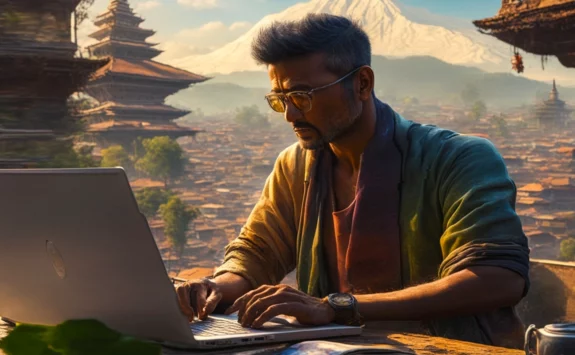Digital Nomads in Kathmandu
When you think about Nepal, the first thing you will think of is snow-capped mountains, temples, and greenery, right? Because many travelers used to image the country of Nepal in the same way. However, only some people are starting to visit for the purpose of becoming digital nomads in Kathmandu.
A city of temples, overflowing with stupas, shrines, and palaces. Kathmandu is a city where the old seamlessly meets the new, where the past grandiose breathe in its architecture and street-filling artisan shops, hipster coffee shops, and internet cafes.
If you are an adventurous seeker and looking for the best city to work remotely in, then Kathmandu is one of the best places you could visit in South Asia. Over the last few years, Nepal has invested in telecommunication, and you can find good wifi even in unexpected places.
For digital nomads in Kathmandu, it is a great destination due to its easy visa process, stable internet connectivity, growing tech community, low cost of living, and peaceful and diverse culture.
Kathmandu may lack an environment like America or Europe with lavish places and beaches, but what it offers instead is much more valuable. Here is everything you need to know about being a digital nomads in Kathmandu.
Guide for Digital Nomads in Kathmandu, Nepal
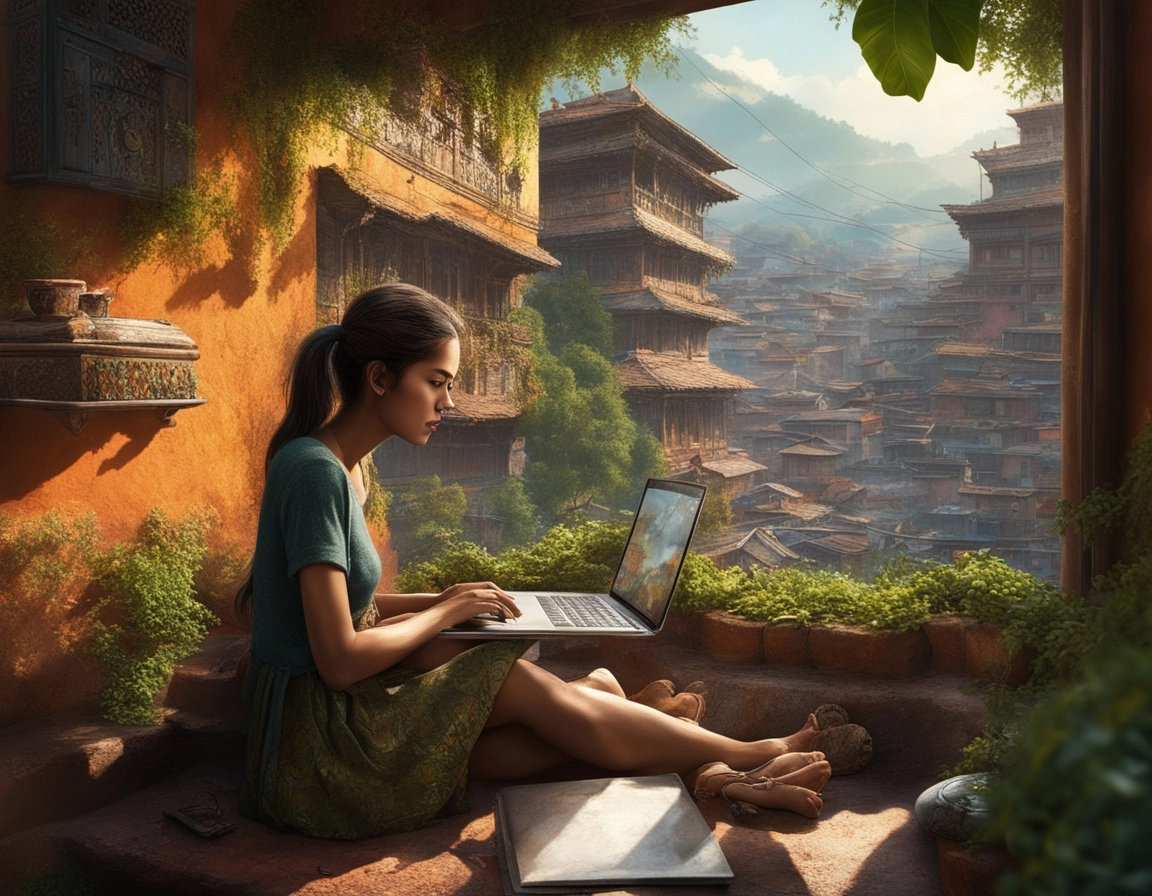
Kathmandu’s strategic location makes it the perfect trampoline for any Himalayan venture or any peaceful wander through the valley’s trekking paths. This incredibly diverse destination is inundated with culture and history, where religions have coexisted harmoniously for centuries.
Nepal has a history that is mostly rooted in the countryside, but global technological trends have made their way to the city. Along with this shift, trends like coworking spaces and working from home have grown. There aren’t many cutting-edge choices, but the ones that are there work.
When the digital hustle becomes overwhelming, seek solace at the UNESCO World Heritage Site. These heritage sites offer a peaceful retreat where you can reflect and recharge your creative energies.
Engage with the warm and welcoming local community to truly appreciate the essence of Kathmandu. Attend cultural events, join meetups, or even volunteer your time to forge meaningful connections. The city’s authenticity lies in the people, and interacting with them will add depth to your digital nomad journey.
Travel health/medical insurance for Nepal
Travel health insurance is a crucial aspect of planning any trip, and this holds true for a visit to Nepal. Ensuring that you have comprehensive coverage can provide peace of mind in the event of unexpected medical expenses or emergencies. You should surely have nomad medical insurance before coming here to Kathmandu for digital nomads.
Healthcare and public hospitals in Kathmandu are not as advanced as in other developed countries. Hopefully, you will not need to visit the hospital, but in case you need emergency care, there are a few of the best private hospitals, like Norvic, Medicite, or Grande.
Entry requirements for Nepal
Nepal does not have any digital nomad visas, but you can get an arrival visa at the airport. You can get a minimum of 15 days to a maximum of 90 days on your arrival visa and after it ends, you can extend the time of your stay. You do not have to apply for this visa in advance because a visa on arrival can be issued at the Tribhuvan International Airport.
Requirements for Visa on Arrival:
- Passport with at least six months of validity.
- Passport-size photos.
- Completed visa application form, which is available on arrival or can be downloaded from the official website of the Department of Immigration.
Visa Fee:
- 15 Days: USD 30
- 30 Days: USD 50
- 90 Days: USD 125
Note: Fees are payable in USD or other convertible foreign currency. It’s advisable to have the exact amount in USD, as change might not be readily available.
Where to stay in Kathmandu
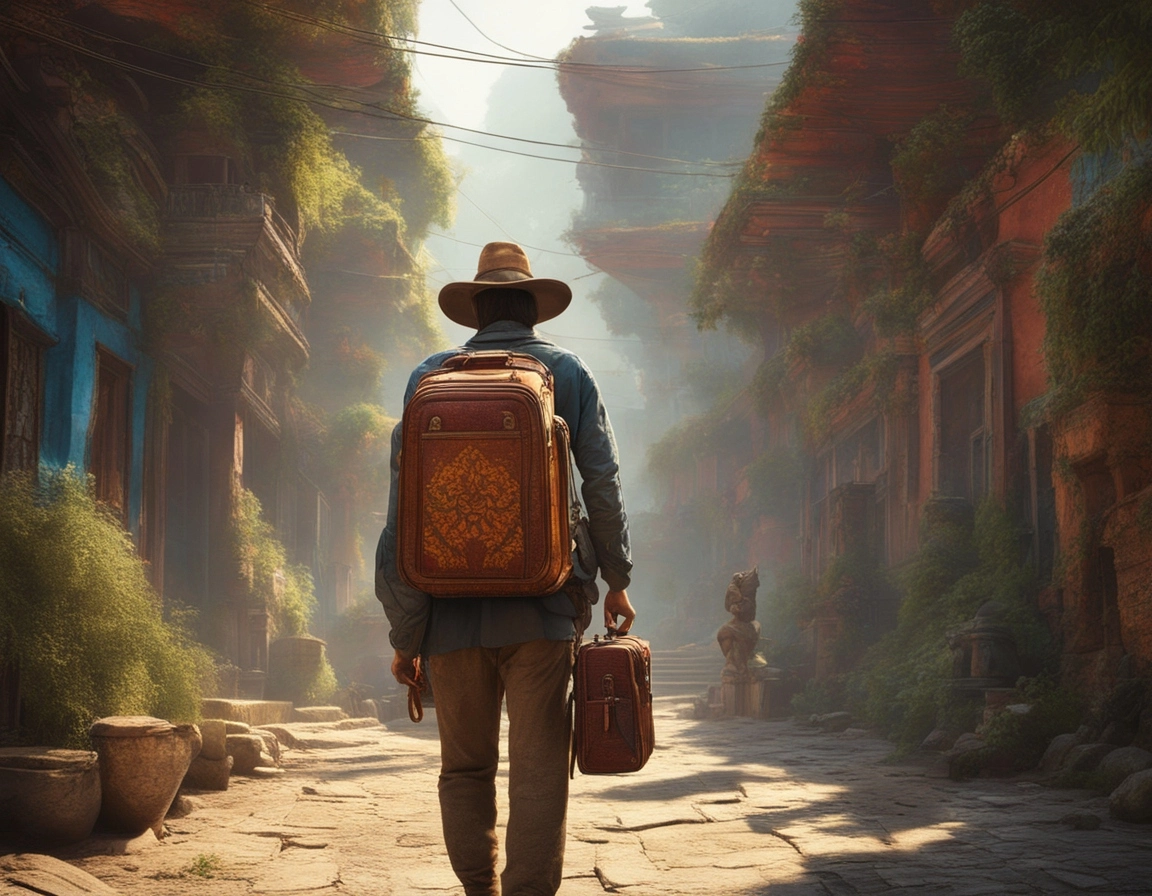
Nepal provides a pretty affordable range of hotels around the Kathmandu Valley. You can find good rentals on Airbnb, but there’s a limited list when it comes to quantity. Prices vary but are generally around 500 USD per month for a modern and private apartment. You can also go for a cheap hostel around the local areas, which might charge around NPR 30,000 for one month.
You can also make choices about the most popular place to visit for digital nomads in Nepal. It’s the lakeside town of Pokhara, where you can enjoy a good view of the Himalayas and a clean environment. This place is also the starting point of famous trekking trials like Annapurna Base Camp, Poon Hill, Mardi, Mohare, Khopra, and many more.
Best Area to Stay
If you are staying for a few days, then Thamel will be best for you. You can find lots of good cafes and clubs to enjoy here, but the place is somehow expensive. But if you are seeking to stay for a few more weeks or months, then staying outside Thamel will be the best and safest for you. You can choose the Swoyambhu, Chhetrapti, Nayabazar, Kapan, or Bouddha area to stay.
Swoyambhu, Kapan, and Bouddha areas are Kathmandu’s large Tibetan community. You will be able to meet the local friends and explore the stupas around here. You will also get to experience lots of authentic and local restaurants in the Swoyamhu and Bouddha areas.
Finding the best place and renting it
Finding the best place could be challenging and a bit tricky in Kathmandu. You will need to balance your budget and comfort level while choosing a place to rent. I would recommend you choose a simple place equipped with western toilets, a hot shower, good wifi, and security. A nearby cafe, a good neighborhood, and laundry near your stay are also things you need to keep in mind.
I will suggest you consult the local travel agency or search through the Facebook groups. You can also explore Airbnb for affordable rates in places like Kathmandu. They are ideal for establishing a relationship with the homeowner. You will get a fairer and more local rate from that platform.
Public transport in Kathmandu
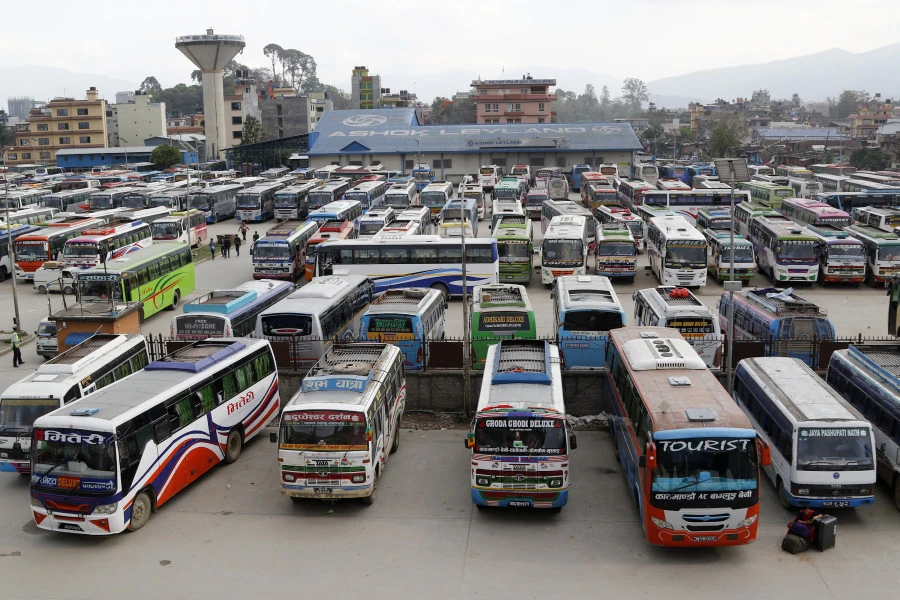
Upon arrival in the temple land, several noticeable aspects catch the attention of visitors. One issue that you will notice is the absence of adequate road names in the city, excluding major roads like the Ring Road. Addresses are typically provided for the nearest intersection, commonly referred to as Chowk, the closest landmark, or the nearest prominent building. One of the first things that becomes apparent, similar to other countries in South Asia, is the traffic. It seems that not many people stick to the rules of the road, which might be quite confusing for someone visiting for the first time. There are various modes of travel available for use in Kathmandu.
- Public Bus
Taking the public bus is a great way to get to know how people live in Kathmandu. Buses that go around certain areas have black license plates with white letters. Regular trips cost between NPR 20 to 40, depending on how far they go. There is a checker on every bus who looks like a conductor and can let you know when you get to your stop.
It’s easy to get help from the locals if you need it. They are very friendly and comfortable. Even though taking the bus can be fun, it can also be very hard to figure out because there aren’t enough signs.
- Taxi
Taxis in Kathmandu can take you to all of the city’s main tourist spots. You can call them from anywhere. There are fare meters in all of the city’s cabs, but drivers often don’t use them. Very often, they will give very high prices, especially for tourists or people who are new to the city. You can argue and agree on a price with the driver before the trip if you have a good idea of how much it will cost. A Suzuki Maruti, which is what most taxis are, can fit about two backpackers and their bags, making them a handy but somewhat pricey way to get around.
- Ride Sharing
Nepal’s ride-sharing services have been around for more than six and a half years. It will be the fastest and most relaxing way to get around Kathmandu while you are there.
Pathao started in the US in 2015, but it didn’t begin until September 24, 2018, in Kathmandu. It’s a transportation system that lets you do a lot of different things through apps, like share rides and get food delivered.
Pathao enables people to get around by offering cheap ride-sharing and a large selection of vehicles, such as cars and bikes. They also bring fast food to customers, making sure they have a good meal.
Users of InDrive can discuss and choose their fare with the driver. This is different from OLA and Uber, which tend to raise fares during busy times and bad weather. Why is it worth Pataho? Because if something goes wrong, they do not have an insurance policy like Pathao has.
Tootle is a ride-sharing app made in Nepal that wants to change the way people get around Kathmandu’s busy streets. This app has been around since 2017 and lets you share rides. The app aims to make ride-sharing easier and cheaper, as well as to improve transportation in Kathmandu’s cities by providing faster replies, more rides, and better routes. The company says that they have added improved safety features and insurance coverage for drivers and passengers because safety is very important to them.
- Rental Service
It might be fun to rent a motorbike and ride around Kathmandu. A lot of places in Thamel rent out motorcycles, so you can easily rent one. As a deposit, one must leave proof of identity.
An NPR 1000 to 1500 daily rental fee can be paid for either a Pulsar road bike or a Hero Honda. You need a foreign driver’s license to drive in Nepal if you want to work for a big company. It hasn’t been implemented very strictly, though, for a while now. If a police officer catches you, you must pay a fine of about NPR 1,000. It’s smart to have the license on hand to escape this fine.
Cost of Living for Digital Nomads in Kathmandu
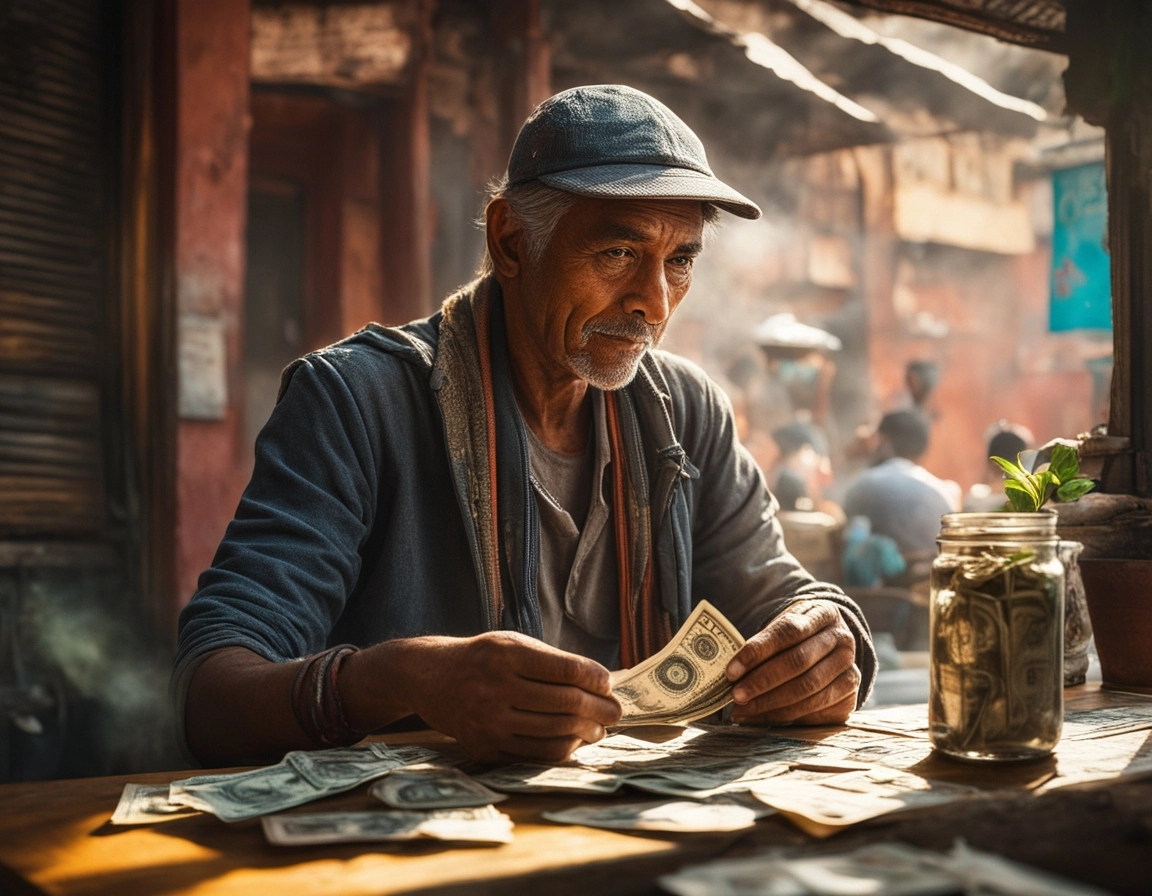
A stay in Kathmandu is cheaper than in other developed countries. But your costs might vary depending on your activities, lodging, and where you stay. Kathmandu city can be as costly or as cheap as you would like.
Here is a quick look at costs in Kathmandu (price can vary upon time)
- Entry fee at the UNESCO World Heritage Site for foreigners: Rs. 1000
- Transportation: 25 to 40 (public bus) and Rs. 75 to 300 (ride share)
- Cup of Coffee or tea: Rs. 100 to 350 (coffee) and Rs. 30 to 100 (tea)
- Mineral Water (1-liter bottle): Rs. 20 to 50
- Cafe: Rs. 350 to 850
- Local foods: Rs. 100 to Rs. 300+
- Fitness Club (Monthly): Rs. 2,000 to 4,000
- Coworking Space (Private): Rs. 18,000 to 20,000 per month
Where to Travel for Digital Nomads in Kathmandu
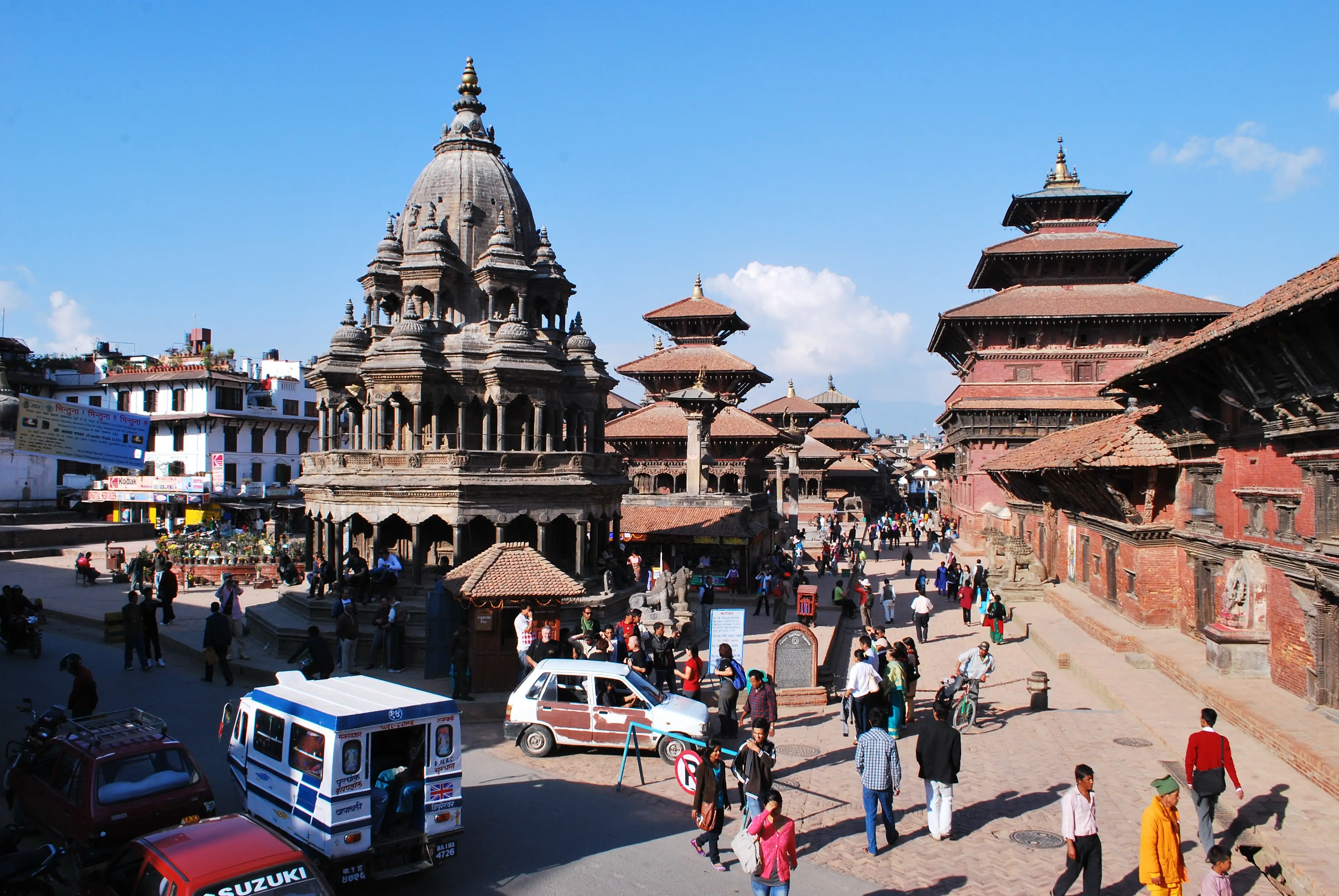
There is so much to do and see for the digital nomads in Kathmandu. Kathmandu might be a chaotic capital, but you will be amazed to see the incredible attractions, including UNESCO World Heritage Sites. You will be able to visit seven heritage sites in such a small radius. It includes Swayambhunath, Pashupatinath, Boudhanath, Kathmandu Durbar Square, Patan Durbar Square, Bhaktapur Durbar Square, and Changunarayan.
Not only are there historic and cultural wonders, but Kathmandu also has other exciting opportunities for exploring. You can also go hiking around the hills of Kathmandu, Bhaktapur, and Lalitpur. There are many easy hiking trails near Kathmandu, including Champadevi Hike, Nagarkot Hike, Pulchowki Hike, Kakani Hike, Namobuddha Hike, and many more.
You can also refresh your mind by engaging in a short trek from Kathmandu. You will be amazed to be in the Nepal Himalayas, leaving the daily schedule and admiring nature.
You can also enjoy the nightlife for those who are digital nomads in Kathmandu. If you are searching for a fun night out on the town, then consider clubs like LOD, CLUB DEJA VU, PURPLE HAZE, KINGS LOUNGE, or TRISARA.
Good to know
Kathmandu has a lot better service and amenities nowadays, but it is still unpredictable and chaotic as ever. Digital nomads in Kathmandu are doable, but they still need to be equipped like other developed countries. Even though you will stay at the hotel with wifi, there is always something to adapt to, like electricity cuts or a lack of outlets. So, sometimes you need good cafes near your stay for work.
Kathmandu can have heavy traffic, and the roads can be congested. Be prepared for some delays during the office hours. There will be heavy traffic between 9 to 11 a.m. and 4 to 6 p.m. during office hours.
Also, carry small denomination notes while you are buying in small shops and booking the ride-sharing. They might not be able to change the huge denomination of money.
What to avoid
- Kathmandu often faces air pollution issues, especially during the winter months. It’s advisable to check the air quality before planning your visit.
- Kathmandu can have heavy traffic, and the road conditions may not be ideal. Be prepared for delays and plan your travel accordingly.
- Stick to bottled or purified water to prevent waterborne diseases.
- Bargaining is common in local markets, but it’s essential to do so respectfully.
- Respect local norms, and be mindful of your clothing choices, especially when visiting religious sites.
- Be wary of overly friendly strangers, especially those offering unsolicited assistance.
© Copyright 2024 Eco-friendly Treks. Website Developed by: AVIVA


